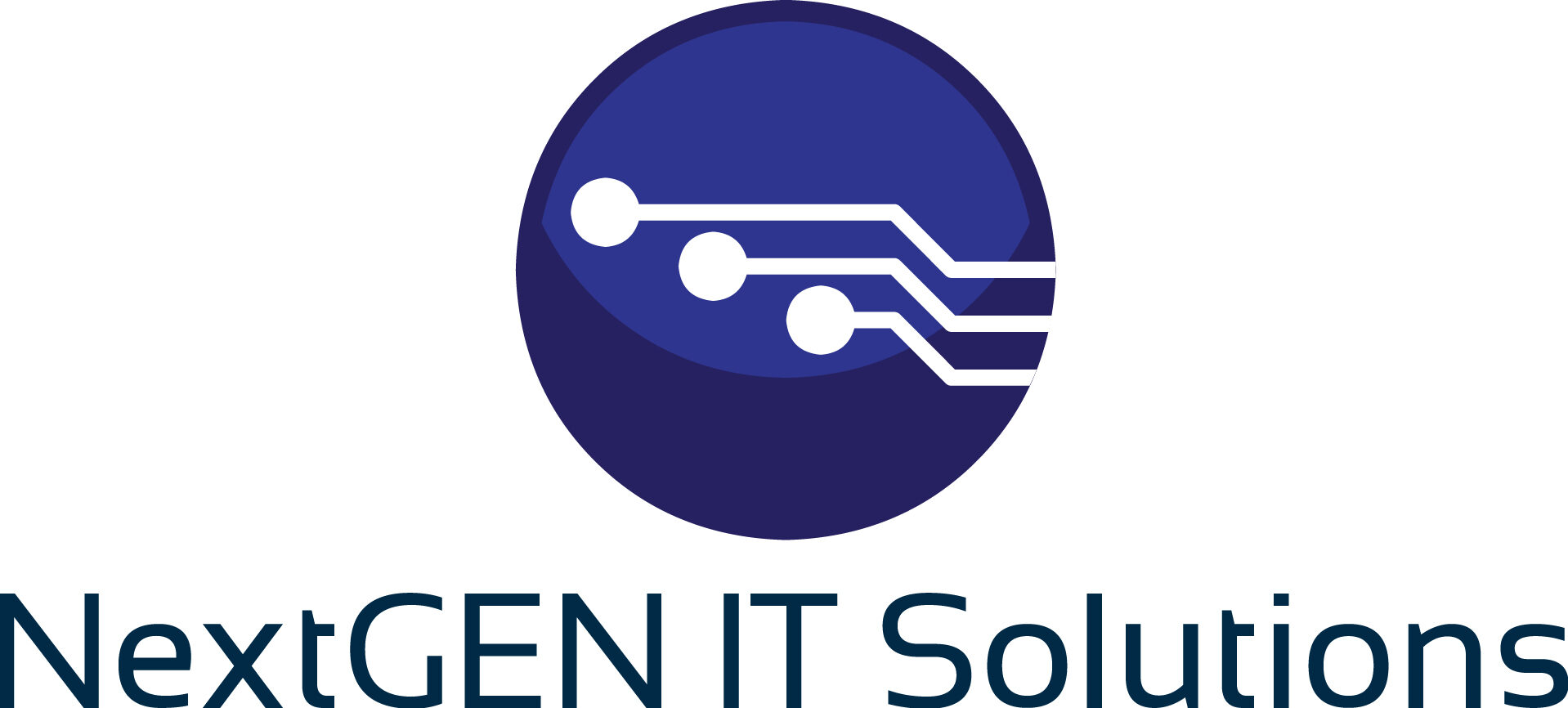
Structured Cabling: Building the Backbone of Modern Connectivity
From a Structured Cabling Installation perspective, it encompasses of key functional features: Feasibility Analysis, Design And Planning, Customised Data Centres And Software, Under Ground Structured Cabling Systems, Normal Office Network Cabling System, Campus Area Network And LAN Cabling System, Wireless Access Point, Infrastructure Testing And Signal Testing, CAT6A Certification Telco (Telecommunication) System Structured cabling is essentially a standardised approach towards designing, implementing and managing an organisation’s comms system. It is key for business today because it fulfils the growing comms needs of a company and is reliable and scalable. Structured cabling will also grow in importance as we see the continuous enhancement of IT needs and connectivity in the organisation, made easier and more efficient than ever.
Core Components of Structured Cabling
Structured cabling’s essential parts are its modules, including: horizontal cabling, backbone cabling, and work area elements. All of these components help keep the whole system functioning at its best.
- Horizontal Cabling: It’s a segment that’s ran from the telecommunications rooms to the individual workstations, where data from our systems connect to, for our day-to-day functions. This infrastructure usually runs on high end cables which may include Cat6, Cat6A or fiber cabling as the nomenclature, giving good performance and capacity for bandwidth required by your organizations’ systems.
- Backbone Cabling: Backbone cabling connects telecommunications rooms inside a single building or multiple buildings collectively. It serves as the main passage for data traffic and is used to connect different network segments. This segment consists of the highest capacity cables which are used to support the heaviest data traffic over a longer length of cabling, in order to make the network prepared for long distance network trading.
- Work Area Components: Patch panels, wall plates and modular connectors. An end-user’s workspace and the end devices used by employees’ interface directly with the network via these elements. These components are what make the entire thing adaptable to a multiplicity of organizational needs.
Putting this in a nutshell, structured cabling provides a unified solution that works for different communication systems by giving you a flexible, efficient and future-ready communication backbone for today’s highly-advanced digital landscape that outperforms traditional cabling methods.
Benefits of Structured Cabling
Structured cabling is the foundation of every network infrastructure. It is design and installation of various types of cables and connectors. It is a critical element of any network set up and provides many advantages.
Users of networks demand high-speed seamless connectivity and accordingly, structured cabling’s installation is becoming risk free and a relatively cheaper task today. Also, channelization for various types of communication media is possible using this method.
It is helpful in the detection of faulty cable or connector. It acts as medium of impurity, which is identified and removed during regular preventive maintenance. Since it arranges the cable and connection in a defined layout, cable management becomes an easy task.
It is the only option, which is effective for all options and varieties available for connectivity. It helps in making network maintenance smooth and simple.
To conclude, structured cabling is a backbone which provides an organized and managed network.
- Scalability: One of the key reasons is scalability. As your business grows, and tech develops, equipment can be added to a structured cabling system, and increased traffic can be supported, without needing to set up an entirely new wiring infrastructure or do complex rewiring. A structured cabling system minimizes disruption to business operations. It’s also technically future proof, because once you upgrade, you’re unlikely to face the issue again.
- Flexibility: It supports multiple kinds of applications (eg, data, voice and video) and makes it easy to add and remove specific components without disrupting the rest of the system. This is useful in settings such as offices, data centres and campuses where the layout is always changing, and reconfigurations or expansion is needed.
- Reduced Downtime: A well-organized and standardized cabling infrastructure makes it easier to find network faults and repair them quickly; it reduces downtime. This approach helps to enhance the reliability as well as the efficiency of the network infrastructure, crucial for network operations and business continuity.
- Cost-Effectiveness: Though the initial investment in structured cabling is expensive, it is worth it in the long run. As it is not necessary to regularly maintain it, and is very easy to upgrade, substantial savings are made down the line, with labor costs de reduced, so to speak, as are materials used for installation and re-installation as the topology remains the same but the tech behind it changes.
- Ease Of Management: By maintaining the same pre-defined architecture for a network, structured cabling makes it easier to manage resources according to needs. With an overview of the network and proper labeling of cables, maintenance and upgrades become easier when human intervention is necessary.
Such benefits highlight the very important role of structured cabling in the design of reliable and efficient networks. Structured cabling is synonymous with efficient connectivity, including from small offices to large data centers.
Design Principles for Structured Cabling
Structured cabling must be designed to ensure optimal performance. To be up to the job, it needs to be based on an accepted standard, such as the TIA/EIA-568 standard, for example.
The initial step is then to perform a current and future needs analysis, taking into consideration issue arising from data traffic current to foreseeable levels of traffic, number of workstations, and physical size of the building itself. A thorough site survey analyzes demands of the network environment and knowledgeable designs can account for technological advancement allowing for a scalable system.
- Follow the Standards: Following standards such as TIA/EIA-568 ensures that you are up to code and that everything will work now as well as in the future, since the specifications are replicated exactly. These standards provide detailed specifications for cabling types, installation methods and performance criteria, allowing for implementation tracking and diagnostic ease – you can plug in a tester and know exactly what is supposed to happen, every time, following the exact specifications.
- Layout Design: Schedule cabling installations to create logical segments and centralized patch panels, which cleanly manage cables and curb signal interference. The design should allow for a defined physical separation of power and data cables. Cable labelling should also be installed. Finally, the pathways should be free of congestion.
- Environmental Factors: Temperature, humidity, electromagnetic interference and other such conditions need to be taken into account to maintain the integrity and lifespan of a cabling system. The use of high-quality materials and attention to best-practises during installation help safeguard against physical or performance degradation.
Adhering to these design principles helps to ensure that structured cabling systems deliver well-performing, economically priced telecommunications infrastructure that supports current and future needs.
Installation and Maintenance Best Practices
Structured cabling requires attention to detail. Good installation and maintenance practices are essential for achieving peak performance and longevity.
Site survey and planning: A thorough site survey identifies the most efficient cable runs and any potential obstacles; this planning is crucial to determining the layout and requirements of the cabling system.
Premium Cable And Connectors: Top-quality cables and connectors are a must for a reliable system. These include best-in-class, pre-tested patch panels in conjunction with quality cabling with high-url resistance. Quality Tools: Use first-class tools such as cable testers, toners, fish tape (for inside wire) or bobbers and line-locators (for outside wire), and provide technicians with high-quality terminators, crimpers, patch panels, compression tools, demarcation devices and so on – as well as following standards such as ANSI/TIA/EIA.
- Correctly Label: Marking cables, connectors and interfaces is a simple action, but it eases maintenance and repairs. This strategy could optimize both time and detail and ensure no mistake configuration is taken.
- Regular Maintenance: Periodic test-and-inspect protocols will detect physical damage, wear or interference issues before they become catastrophic network downtime; and it’s not just one-time checks. Keeping a finger on the network pulse includes regular spot-checks of all connectors for looseness and re-checks of signal integrity.
- Standards for Safety: You should follow these safety standards by always wearing protection during the installation and maintenance process at all times, keep the area clean and make sure the cables are secured and guarded from bad elements in order for the system to run securely and effectively.
Within this framework, good practices can improve the reliability of the network and ensure greater performance and ease of use for all the operations connected to it.
Case Studies of Structured Cabling Implementations
Structured cabling solutions have proven versatile and efficient across various industries.
Healthcare: Structured cabling was implemented in a leading hospital, which had an old cabling system. Due to its old cabling, there was no correct way to connect new networks, and it was almost impossible to manage them. However, structured cabling reduced the complexity and sped up the construction of internet and network facilities in the hospital. This improved patient care by making sure the data could be transmitted in time and the network was reliable.
Education: Network downtimes and slow internet speed were regular in a prominent university which impacted significantly on their students’ ability to access online learning. By bringing in Structured cabling which led to a more solid infrastructure, it made internet speed and access to digital resources more reliable, thereby enhancing the great experience of learning.
Corporate: Recently, there has been an increased significance of structured cabling today, particularly in a global corporation with a data center that is very time-consuming to manage. Structured cabling plays a role in allowing the corporation to communicate more smoothly. For instance, if there is any problem in the computer system, the data will be much easier to transfer among those who will take care of the problem. This would substantially increase their productivity by eliminating potential delays and wrongly entered information. With that being said, the structured cabling will also allow the company to be technologically up to date, as long as they maintain this system.
These two case studies show the application of structured cabling to address specific pain points for different industries, helping to build up network infrastructure with high reliability and flexibility to improve operational efficiencies.
Future Trends in Structured Cabling
The coming years of structured cabling will be determined by technological advancement and higher bandwidth needs.
- Fiber optics: Improvement in fiber optics technology is likely to be adopted at higher rates as companies will demand quicker transmission of data. The capacity for data transmission is much higher and the distance it can travel is further, which is perfect for high capacity data applications.
- Power over Ethernet (PoE): PoE helps to transmit data and power over a single Ethernet cable, which in turn reduces infrastructure and expenditure as more smart devices and IoT will infiltrate our workplaces.
- 5G Technology: The rollout of 5G will impact cabling infrastructure by requiring infrastructure systems that support faster speeds, lower latency and higher connectivity. This includes hybrid cabling systems that integrate fiber optics with high-capacity copper solutions.
Those businesses should prepare for these changes by investing now in cabling that is both scalable and flexible, so that their networks can properly accommodate future technical demands.
Choosing the Right Structured Cabling Solution Provider
It is vital that a suitable structured cabling provider is chosen when implementing this service for a building, with the provider being selected on its years of experience, positive reputation, range of services offered, levels of customer support provided and the extent to which it adheres to the Key System: 1918, 1984 ITU-T and 2001 TIA/EIA.
Experience: A strong track record and broad project portfolio provide assurance about the provider’s work and its ability to deliver. The most experienced providers can adapt to the unexpected and develop creative solutions.
Conclusion and Final Thoughts
Structured cabling is one of the basic infrastructure which can’t be succeeded without it. Internet technology is so important today that everything is based on it. The level of performance, reliability and flexibility are much higher if we have structured cabling.
This helps to create a robust network and minimizes the possible data collisions via cabling, not to mention reduced downtime and happier employees. The most cost-effective manner to manage structured cabling is usually deployed in the most rational manner to serve the organization’s current as well as foreseeable future requirements.
Structured cabling for such a network is investments in the future in order for communications to be a safe, efficient and flexible that allows for the increasing demand for ultra-fast, secure connection in the future network environment without interruption.



